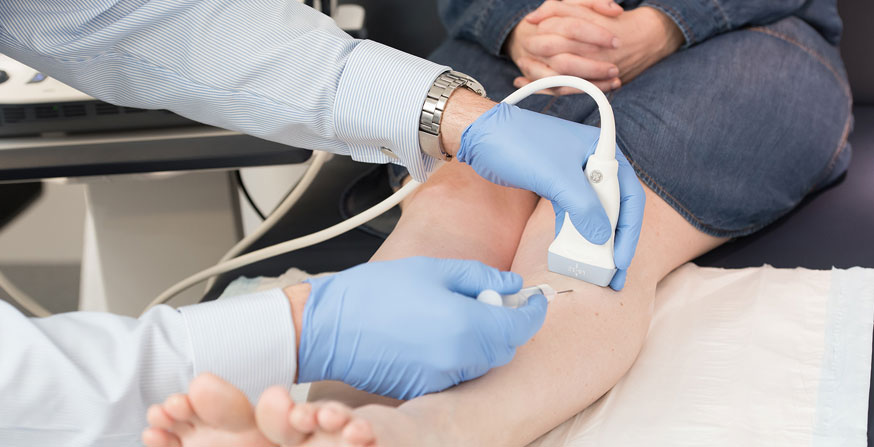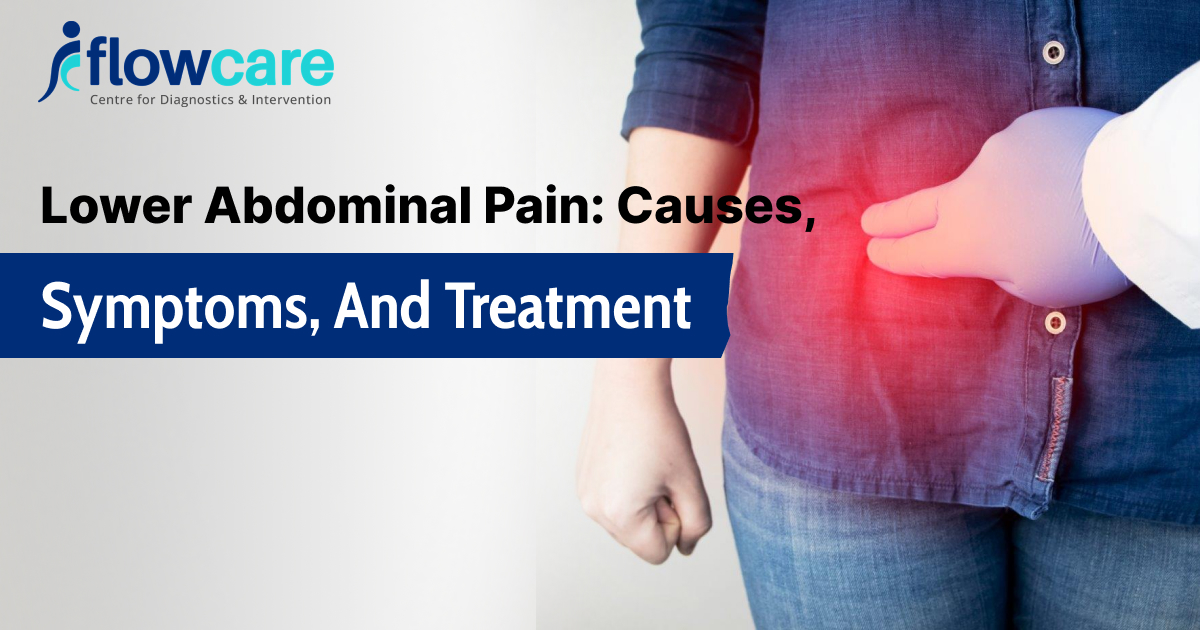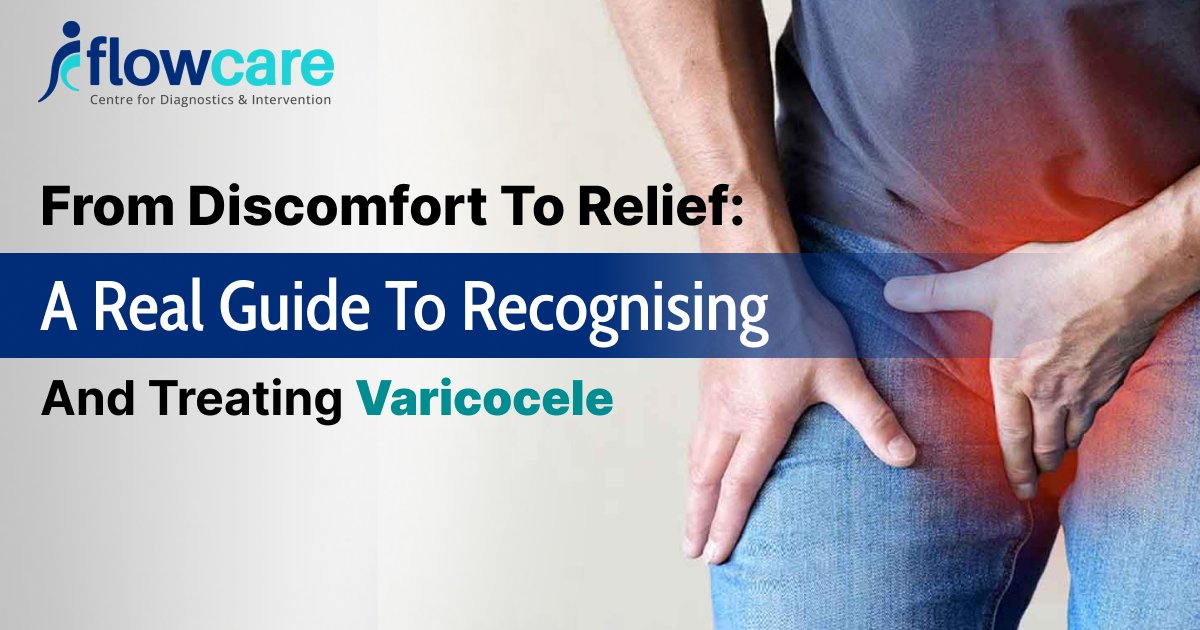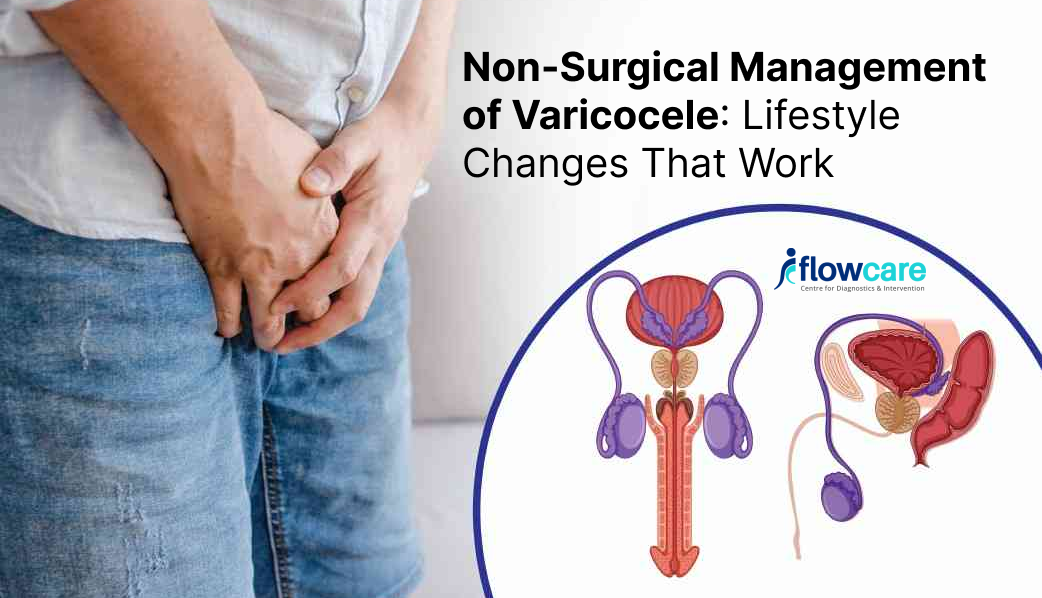
Treatment for Varicose Veins
Varicose veins are enlarged, painful, and twisted veins which get filled with blood. Mostly, they occur in legs and get bulge above the skin. These veins are not always life-threatening but can also cause discomfort.
Initially, the traditional treatment i.e. surgery or “vein stripping” was the first choice for varicose veins treatment. In this process, small incisions are made and physically pull the veins out of the body.
However, now advance technical treatment is now available for removing the varicose veins. Minimally invasive treatment is non-surgical and doesn’t involve heavy cuts and wounds.
Type of Minimally Invasive Treatments:
Sclerotherapy:
In sclerotherapy, the doctor destroys the varicose veins by injecting sclerosant into the veins. It scars the vein, and then collapse it. This forces the blood to reroute the varicose veins.
The solution is sodium tetradecyl sulfate. The solution gets converted first into foam and then gets injected.
Radiofrequency Ablation:
As the name indicates, in the radiofrequency ablation method, the doctor uses radio waves for the treatment. The doctor transmits the radiofrequency energy through the vein wall. After numbing the vein, he will use ultrasound for seeing inside. Thereafter, he will pass a wire catheter to apply radiofrequency along the wall.
Endovenous Laser Ablation:
Similar to the Radiofrequency ablation, in endovenous laser ablation, the doctor uses a laser therapy. The doctor inserts the laser fibre into the catheter and then directs it to the necessary location. The heat released by the laser closes the vein.
What to expect from the Non-invasive treatment for varicose veins?
Before the Procedure:
Tell your doctor about all your symptoms, allergies or medications you are taking, especially when you are pregnant. The doctor will tell you which medicine you can continue.
During the procedure:
There would no use of general anesthesia in minimal invasive treatment, and you would awake during the complete procedure. You will experience a slight pain while the insertion of the catheter. In the case of laser surgery, you need to wear protective glasses.
After the procedure:
For controlling the bleeding and swelling, the doctor will wrap your legs with bandages. You will need to avoid hot baths or whirlpools after the procedure.






